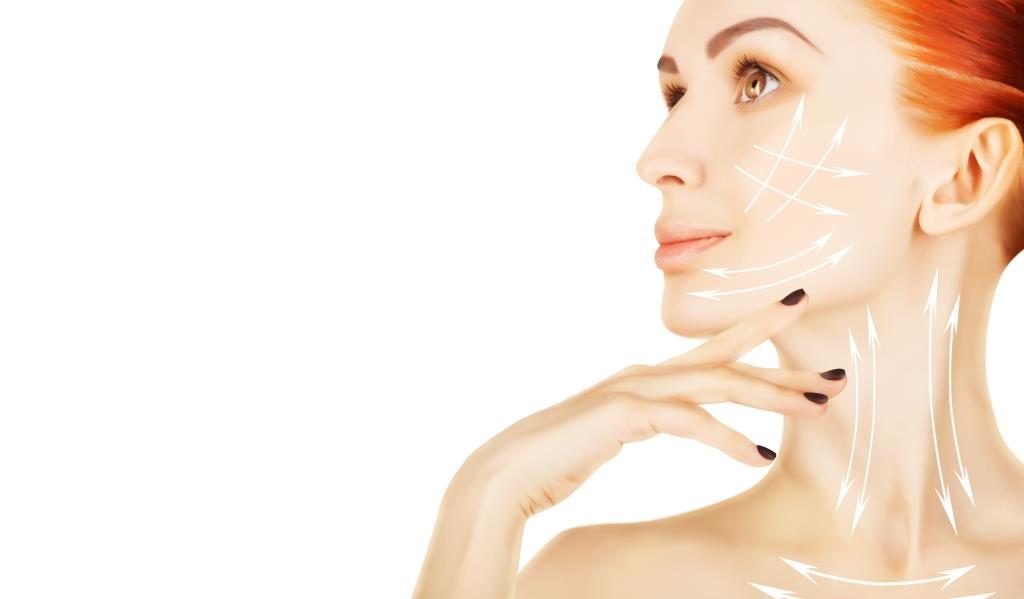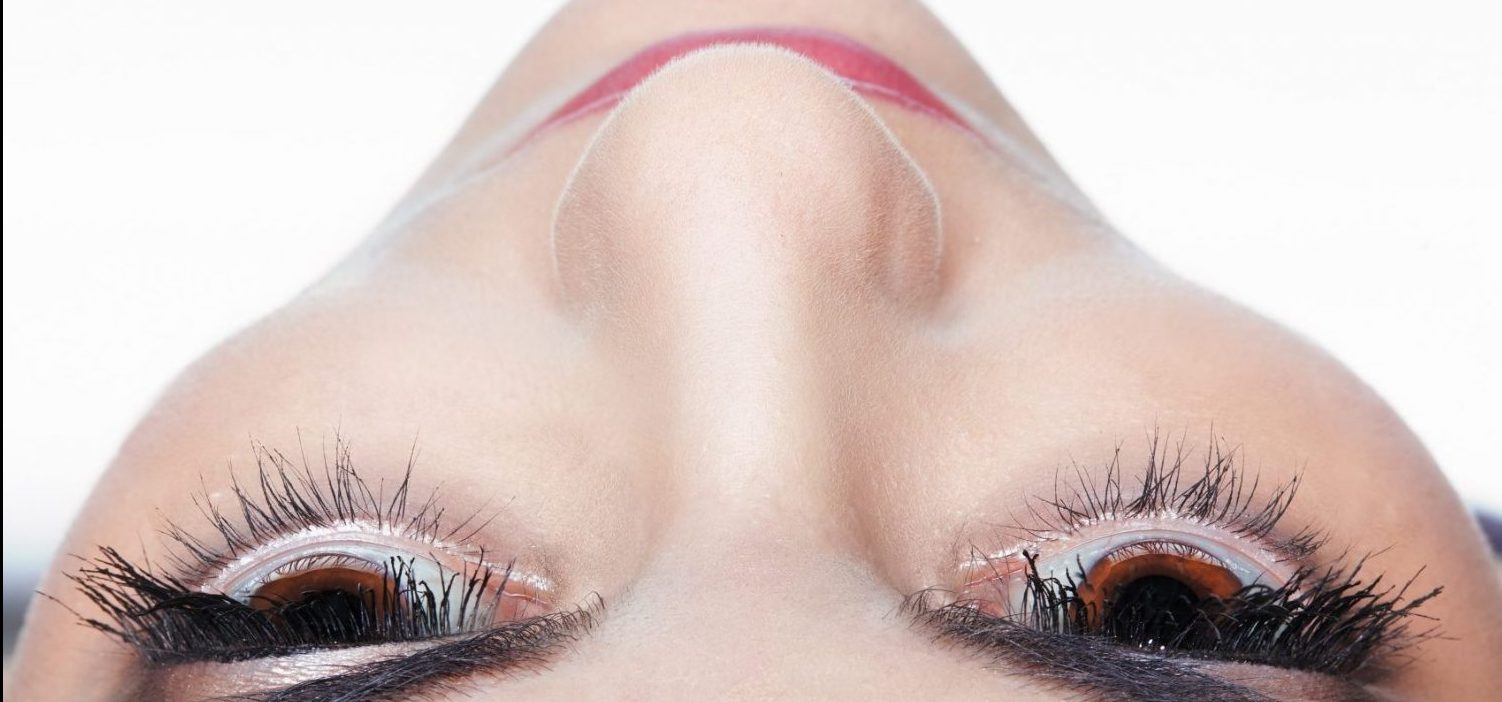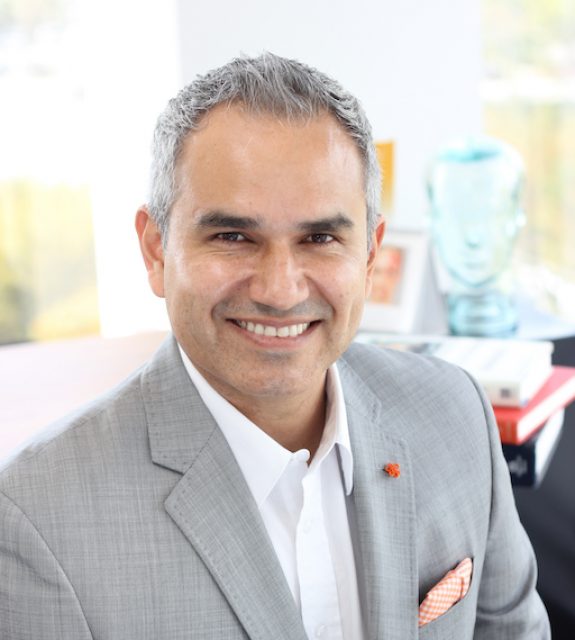When is a good time to get a facelift? How can you avoid being displeased? How can you best determine the most beautiful post-op results? My Guide to Facelifts includes the answers to these questions and more.
In my recently authored Guide to Facelifts, I discuss and share everything you need to know about how a facelift can refresh and rejuvenate your look. The contents include All About Facelifts, Types of Facelifts, Facelift Techniques, About the Procedure, Your New Look: What to Expect, Facelifts vs. Fillers, Combining Cosmetic Procedures, Avoiding Unfavorable Results, Safety and Surgery Risks, best ways to Evaluate Your Surgeon, and even how to Schedule a Consultation.
The timing of a facelift is important and in fact, while it is unusual for one to have a facelift before 40s, it is even less common to have a facelift in one's 30s. Yet, most commonly, my patients range in ages from 40s to 50s to 60s. The result should be as natural as possible. How can you avoid a facelift that delivers undesirable results? I believe the answer to that question and in particular, when is it best to have a facelift, well, when the benefits of results outweigh the cost of scars, and you don’t mind a slightly different look and when you have completed a reasonable amount of due diligence and homework and reflection on what is inspiring you to have a facelift and what is prompting you to seek the path of a facelift. These are important points to think about when deciding to have a facelift.
There are various types of facelifts. However, just to clearly communicate, let me clarify that when plastic surgeons discuss facelifts among ourselves, we are referring to a procedure that has an impact on the cheeks, jowl and neck. It requires incisions in front of and behind the ear. And a great tip I share in my Guide to Facelifts is if you’re considering a procedure to look your best for a special occasion, schedule surgery one month before the event to avoid any anxiety about your appearance.
When deciding on the best surgeon to choose for a Facelift, my check list that is also included in my Guide to Facelifts is as follows:
- Certification from the American Board of Plastic Surgery, These surgeons have gone through lengthy and specific training, examinations and requirements for recertification to avoid complications and make cosmetic surgery safe.
- Membership in prominent professional organizations, such as the American Society of Plastic Surgeons and the American Society for Aesthetic Plastic Surgery. These organizations require members to be certified by the American Board of Plastic Surgery.
- Multiple before-and-after photos of facelift patients that show results consistent with your desired outcomes.
- Hospital affiliation.
- Additional credentials (e.g. teaching experience, honors and awards, speaking engagements at major plastic surgery conferences and research and publications).
In conclusion, you can see that I'm affiliated with Harvard University and Massachusetts General Hospital which is one of the world's best, most respected hospitals. I also have a long list of teaching experience and honors and awards. Now not everyone can be as accomplished, but it is imperative to choose a doctor who is certified from the American Board of Plastic Surgery and who you feel comfortable with.
To learn more about Facelifts and to see many before and after images then please see my own website. Moreover, to schedule an appointment and contact me, please call Phone: +1 (617) 726-5280. To set up a consultation, click here. My address is Dr. Michael Yaremchuk, Craniofacial & Cosmetic Plastic Surgeon, 170 Commonwealth Avenue, Suite 101, Boston, Massachusetts 02116.


























